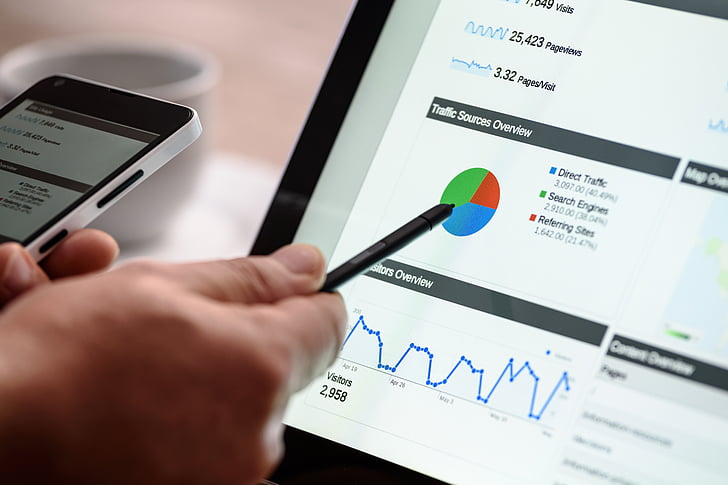In a September article here, we made note of the staggering projected growth rate of the business intelligence market. The article was titled ‘Global Business Intelligence Market to Be Worth $147.19 Billion in 2025’ and cited a Market Watch report predicting a CAGR of 26.98% between now and that time. In the same article, we pointed to various growth drivers that are contributing to progress in the collection and development of BI. For example, we noted that machine learning and blockchain development have put data generation into “overdrive,” and that SMEs and larger companies alike are in on the action.

But how will all of this BI be applied? And specifically, which technologies will businesses use to leverage all of the data they’re going to be collected? In answering these questions, three things, in particular, come to mind.
Digital Marketing
Once upon a time — and not so very long ago in fact — digital marketing was thought of by many as a creative process. It involves clever and strategic writing, catchy branding, innovative outreach, and adaptation on the fly. Today those things are all still true, but they’re also driven, in successful operations, by data. Forbes covered the use of data in digital marketing in a piece just last year and pointed out the benefits quite clearly. It conveyed that companies collecting data for marketing can come to know their audiences, develop strategic keywords, and optimize their websites and campaigns accordingly. And these benefits will likely only become more pronounced in the next several years, as BI continues to develop and expand.
Manufacturing
The growth in BI also happens to be coinciding with a fairly substantial transition toward more advanced manufacturing processes. Across a vast variety of industries, methods like CNC machining, 3D printing, and injection molding are being used to design and produce goods. This makes for more precise production, and in providing information about all three methods, Fictiv cites “unprecedented speeds” for production orders as another benefit. However, the potential connectivity of the machines behind these processes will also matter a great deal when combined with data analysis. Many companies will soon be able to set up their data collection operations to drive production directly, feeding information to machinery that directs the actual creation of products according to need.
IoT Processes
IoT processes are in some ways the most interesting things to consider when we think about how enterprises will leverage the troves of data they’re poised to collect in the coming years. This is because they make for something of a two-way street. Digitalist Mag’s take on the role of IoT in businesses becoming more intelligent stated that much of the data that’s going to be gathered will originate from IoT devices — in the supply chain, operations, manufacturing centers, and elsewhere. This is an undeniable truth. At the same time, however, data will also be fed back to other IoT devices in order to direct action to optimize efficiency. For example, a shipping fleet vehicle might have sensors designed to recognize traffic patterns; these sensors could communicate data to an advanced GPS, also connected as an IoT device, which could then re-route the driver as needed. In this way, the IoT can both drive and respond to massive data gathering.
Improved efficiency and added functionality in these areas will undoubtedly be among the more tangible benefits of enhanced BI in the coming years
Leave a Reply